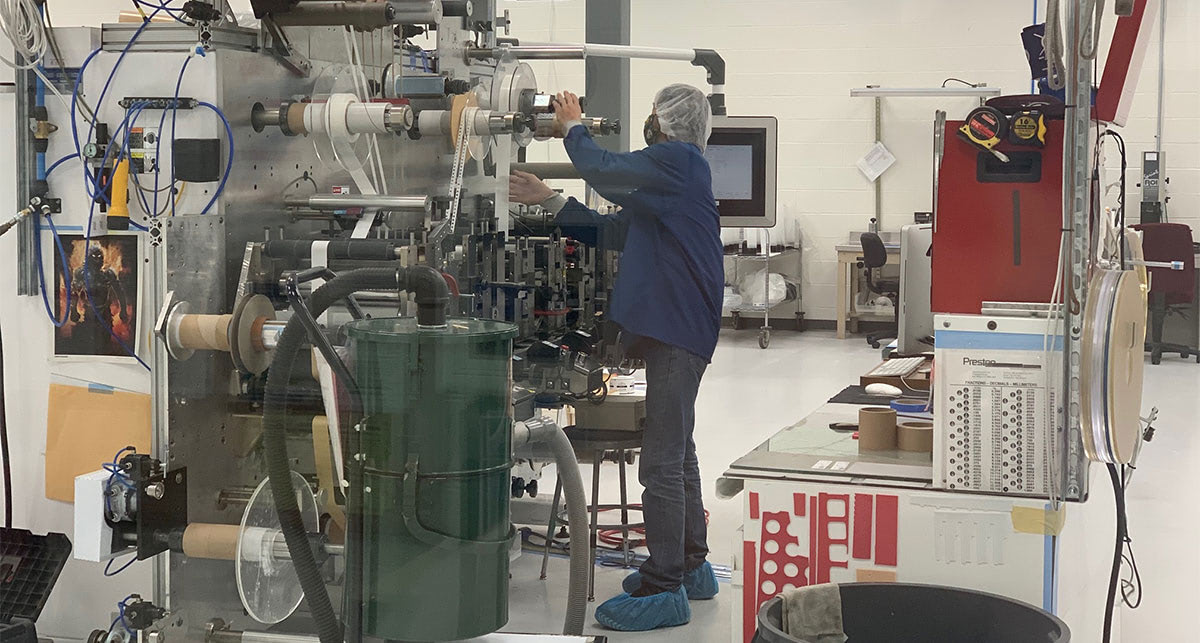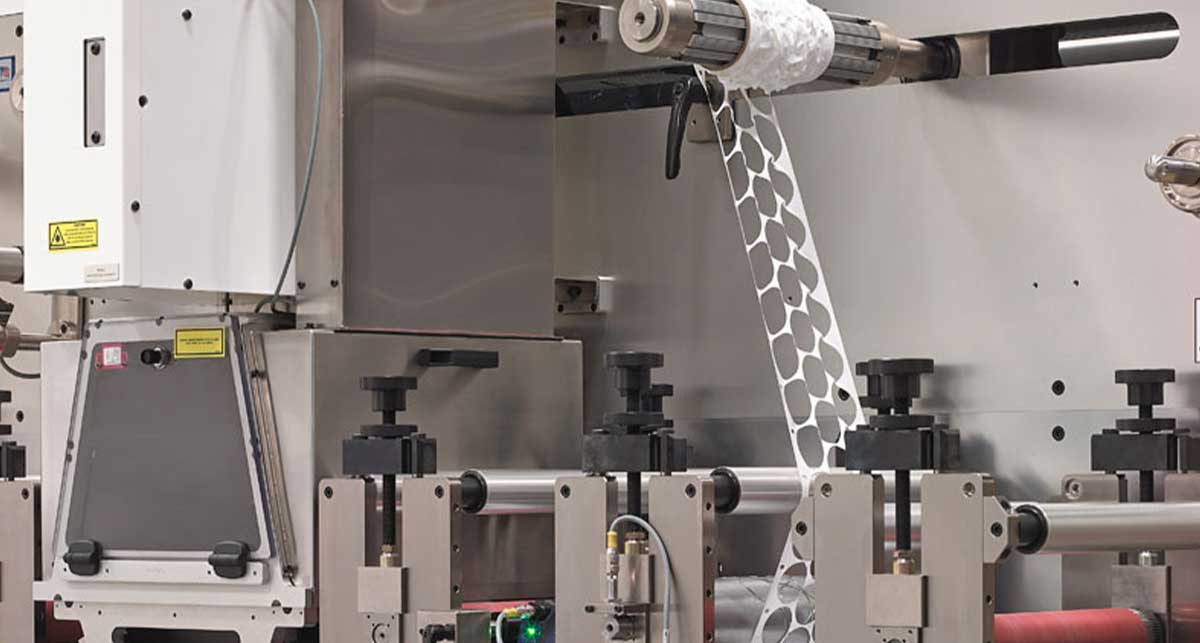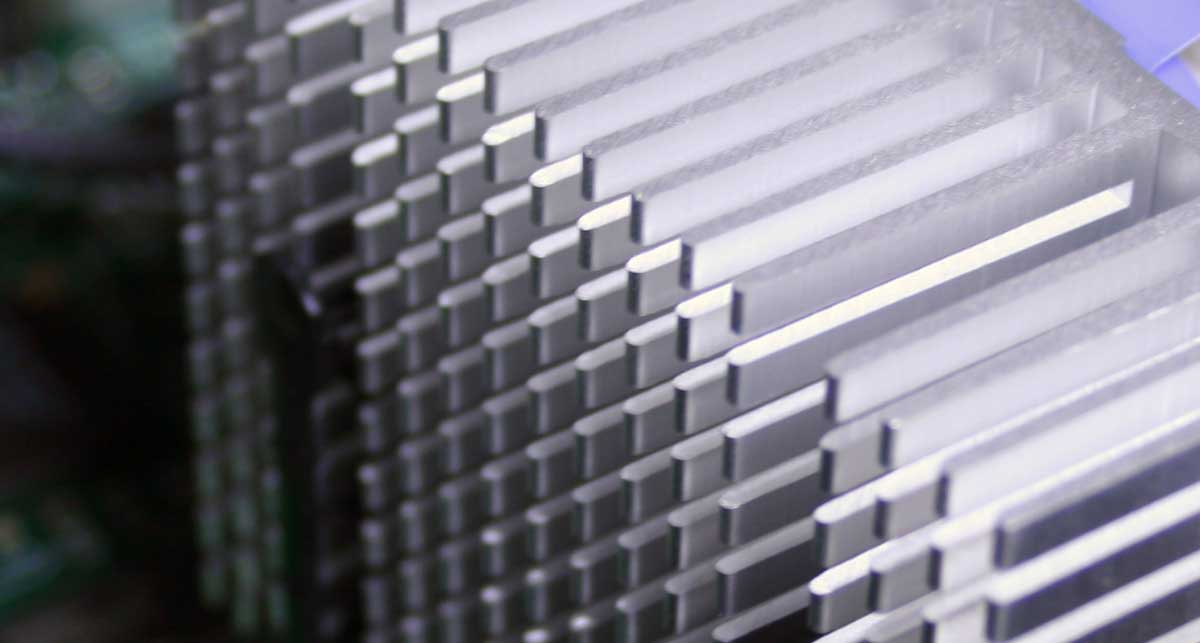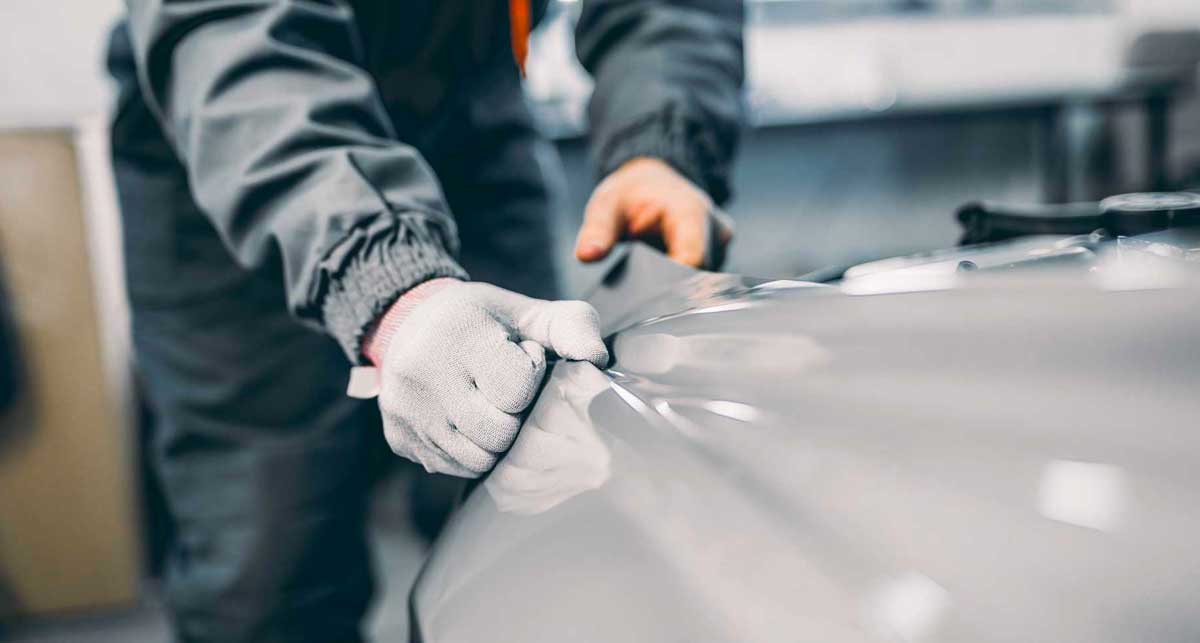When was the last time you saw a gasket?
A gasket is a common term for any seal or grommet that holds two things together. Gaskets are everywhere—at work, in your car, and even inside your phone.
Depending on the application's purpose, manufacturers build gaskets from rubber, plastic, metal, or other materials. At Strouse, we’ve used hundreds of different materials to make custom gaskets.
As you'll learn, there's more to them than a seal preventing a leak. Before you blow a gasket trying to determine the difference between each type, allow us to share the information you’ll need to build a successful gasket.
The Definition of a Gasket
A gasket, also known as an O-ring or washer, seals the gap between two surfaces. These items are usually made of rubber and are available in different sizes and shapes depending on their purpose.
The most common type of gasket is flat with a circular cross-section. Cylindrical gaskets are typically round and range from 1/4 inch to 3 inches in diameter. They appear as long tubes with different diameters at each end. There are many variations, as we'll see later when we discuss each in more detail.
There are also many ways to manufacture custom gaskets on a large scale, one of which is die cutting.
What’s the Difference Between Gaskets and Seals?
Because "seal" can be used as a noun and a verb, many confuse gaskets with seals and use both terms interchangeably (you may even hear "gasket seal" or "seal gasket"). Yet, seals serve a similar purpose, with one notable difference.
Gaskets and seals form barriers between two objects to keep them from leaking. However, seals protect at least two moving parts (whether only one of the parts moves or both) and are commonly composed of flat and round washers, like those found in faucets.
Two static seals make up a gasket. These seals allow two static, non-moving parts to be locked together. Because of this, gaskets are often molded to fit a specific static application. They might also be malleable enough to fit into a given position and remain fixed if they don't move against each other.
GASKET PHYSICAL PROPERTIES
Strength is the most crucial feature of any gasket application. They must be strong enough to withstand pressure without deforming under normal conditions, allowing them to create a tight seal over a long period.
In addition, it should seal, protect against corrosion, and resist abrasion, vibration, impact, and possibly extreme temperature.
The ideal gasketing material has good flexibility, low density, and high tensile strength. Many materials matching this description are chemical resistant and possess internal pressure and durability.
When are Gaskets Used?
Gaskets are used in many industrial applications, including Food Processing, Petrochemicals, Plumbing, Machinery, and Gas. As a trick, think, "If it needs sealing and doesn't move, chances are it's using a gasket."
Around the home, you might use them in water faucets and around windows. Appliances, such as refrigerators, have gaskets to keep cold air inside, and many workplaces involve them in machinery, pipes, valves, and pumps.
Medical devices like catheters, tubing, IV bags, etc., must maintain an excellent seal to prevent contamination and infection. Hospital dehumidifiers rely greatly on airtight seals to keep the indoor environment clean and dry.
Gaskets are also used in food processing plants to ensure proper sanitation and safety. For instance, food processors use them to protect raw meat and poultry from cross-contamination with other foods during preparation. The same goes for beverage bottlers who use them to help prevent leaks when filling bottles with carbonated beverages.
Many gaskets are inexplicably disguised under a different name, like washers or O-rings, yet they all serve vital functions across many applications.
Most people think of head gaskets as stainless steel or the metal ones used in cars. But as you’ve already seen, there’s a much larger range of potential uses.
How Are Gaskets Tested?
Gaskets undergo trials such as the hot compression test as part of the evaluation process. This test determines the heat the material can withstand without causing damage or failure.
During the compression test, it becomes essential to check for any leaks in the sealant and look for any other problems, such as pinholes or cracks with the sealant. For the final stage in the manufacturing process, technicians examine the product, checking it for all aspects before it leaves the facility.
8 Common Types of Gasket Materials
The material selection is one of the most important parts of creating the right gasket, which can be made of various materials, including metal, plastic, silicone, and glass fiber-reinforced polymers. These materials must fit snugly against their mating surface so there's no air leakage around them.
Because many kinds of gaskets are used in various settings, each material can be preferred depending on the most important properties required.
1. RUBBER
The synthetic rubber gasket is one of the oldest forms of sealing technology. Charles Goodyear first developed rubber gaskets around 1844 to invent vulcanized rubber, although they can be made from either natural or synthetic materials.
Rubber gaskets are most commonly used in automotive applications. They are often found on doors and trunk lids to seal out moisture and other contaminants. Many vehicles also have seals between their engine block and cylinder head, which need an effective seal against water intrusion.
Rubber gaskets can also seal industrial equipment such as pumps, valves, conveyors, etc., which are constantly exposed to harsh chemicals and abrasive particles. These environments also create high heat loads, so these components must remain sealed tight.
2. SILICONE
Dr. William H. Dow Corning Company invented the silicone gasket in 1953. This product is often known as "silicone" because it contains silicon atoms within the molecule structure.
Silicones are durable and resistant to chemicals such as acids, alkalis, oils, solvents, water, heat, radiation, and ozone, making them ideal for food processing applications. Since its introduction into clinical practice, silicone rubber has also been commonly found in medical devices.
Silicone rubbers have several desirable properties that make them useful in many industrial processes. These include high-temperature resistance, low compression set, and good electrical insulating characteristics. They also possess excellent chemical inertness, biocompatibility, and an ability to be easily bonded or vulcanized with other materials.
3. EPDM
EPDM (ethylene propylene diene monomers) is another form of elastomer, similar to silicone, except it contains additional ingredients like fillers, plasticizers, stabilizers, antioxidants, flame retardants, etc. These additives make up about 10% of the polymer's total weight.
EPDM rubber gaskets are highly resistant to heat and chemicals and have good flexibility. The material can be used in many automotive parts, industrial products, medical devices, toys, footwear, construction, and electronics.
4. NEOPRENE
Neoprene gaskets comprise a thermoplastic elastomer based on polychloroprene. Neoprenes are widely used in medical devices due to their ability to maintain shape while stretched over long periods.
Because neoprenes do not stretch back out when released, they are often used in products with continuous motion. In addition, neoprene materials are highly elastic and flexible, so they can easily conform to irregular surfaces.
Until now, we've mainly discussed types of silicone and rubber gaskets, but some materials and designs cross over so that you might find multiple types in the same setting.
5. FOAM
A foam gasket comprises two layers of closed-cell urethane foam bonded together using adhesive tape. Foams are generally more expensive than rubbers but typically less expensive than silicones.
Foams offer superior thermal insulation and sound absorption qualities. Thermal insulation reduces the heat that passes through an object by reducing its ability to transfer energy from one surface to another. The most common application for insulating materials is building construction, where it helps keep warm air inside buildings during cold weather or cool air outside during hot summer days.
Sound waves travel at different speeds depending on whether they travel through solid or liquid objects. A foam gasket helps dampen sounds before they reach people's ears. For example, placing absorbent materials between the noise source and the room's occupants could reduce sound in your home.
6. O-RING
An O-ring gasket consists of many metal rings with an inner diameter smaller than the outer diameter of the sealed object. When compressed between the objects, the ring expands outward until it contacts both sides of the gap. Once contact occurs, the force exerted by the expanding ring causes the opposing surface to deform inward toward the center of the ring, creating a seal.
O-rings can help seal shafts or other rotating parts that need maintenance to prevent leakage. Here, it provides a barrier against fluid flow along the shaft's length while allowing its rotation. The o-ring also prevents contaminants from entering the housing interior through which the shaft extends.
7. PTFE
PTFE is a fluoropolymer with many uses, including as a gasket. It has excellent chemical resistance, a low friction coefficient, high-temperature stability, good electrical properties, and outstanding dielectric strength.
Also, because PTFE is nonporous and inert, it does not react with other substances. Thanks to this, PTFE gaskets are often found in food processing equipment, pharmaceutical manufacturing processes, semiconductor fabrication facilities, and nuclear power plants. They are also used in medical devices because they do not support bacterial growth.
8. EMI SHIELDING
EMI shielding gaskets are made from metal alloys and other flexible dampening materials. They fit inside or outside electronic devices to prevent outside signal interference from damaging the inner mechanisms and causing malfunctions.
Your choice of gasket depends entirely on its function, so you’ll want to find the right material for your project.
Using the wrong material may result in project delays, re-designs, and other costly consequences. Talking to an experienced converter will help you understand what you can do to help your gasket design succeed.
If you’re working on a gasket design, there are a lot of factors you need to consider to create a successful product. As part of Strouse’s quoting process, we will guide you through a project consultation where we will cover everything from optimizing the design, selecting the right material, designing a process, and ultimately, turning your idea into a product.
Begin the product development process with Strouse, and you’ll be taking the first step to ensure you create a successful product the first time.
For more information on our gasket-making processes, consider checking out the buyer’s guide to die-cut parts, which explains our tools and methods.
Originally published: July 14, 20








